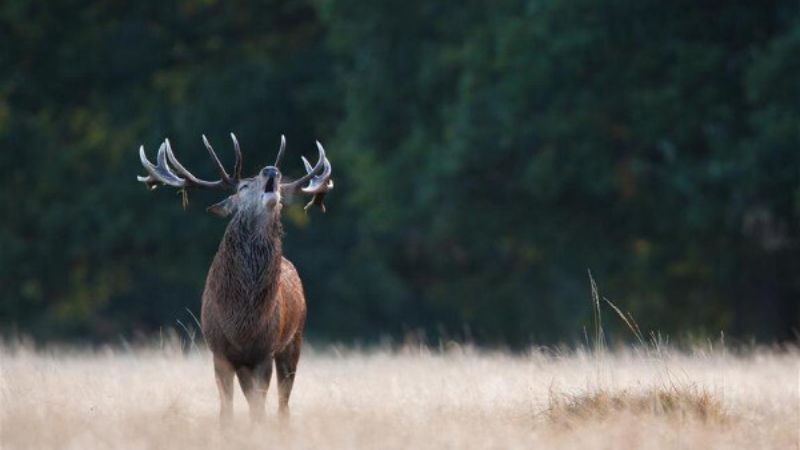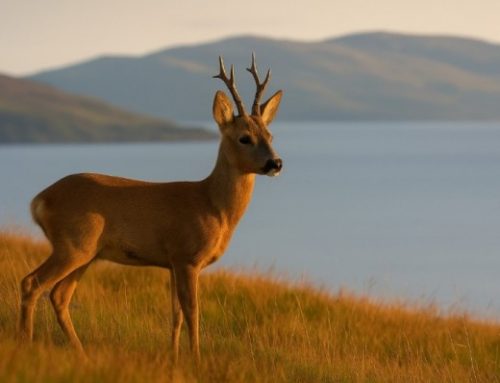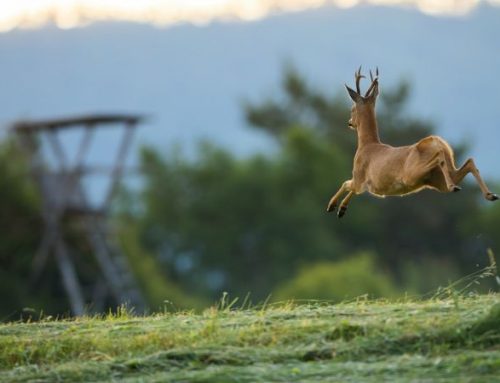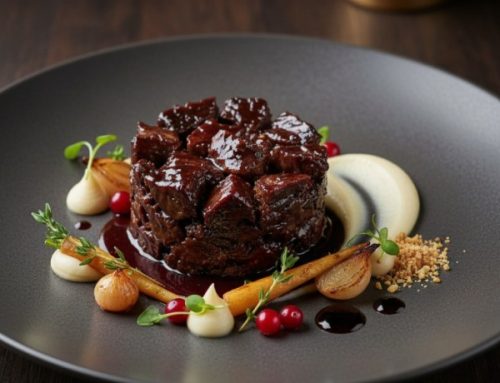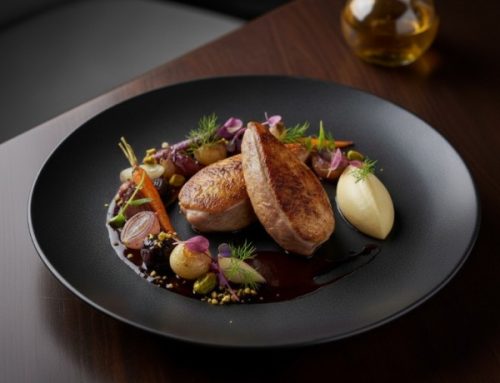Hunting the European deer, or red deer, is one of the most thrilling hunting experiences, especially if done during the rutting season.
It is primarily a stalking hunt, such as those conducted in the Alps and Apennines, as well as in Scotland where hunters scale moors covered in vast expanses of heather and venture into clear-cuts resting on treacherous peat carpets.
In Eastern Europe, for example in Bulgaria, with the exception of Slovenia and the Carpathians in Romania, deer are hunted from high stands.
Here are some tips for you, whether you decide to hunt in Scotland, Italy, or Eastern Europe.”
Weapons and Ammunition
When it comes to rifles, both straight-pull and bolt-action rifles are highly suitable.

The new Benelli Lupo BE.S.T. Open Country rifle.

One of Franchi’s Bolt Action rifles: the Horizon Wood.
For calibers, all .30 calibers with 180-grain bullets are suitable, as well as 7mm calibers with bullets between 150 and 170 grains. In Scotland, where the red deer are smaller, even lower calibers (6.5mm are excellent) are appropriate.

The .308 Winchester has been a classic for decades. It’s an all-around hunting caliber that is highly suitable for deer hunting as well.

During the rut, with the wild adrenaline rush, a .300 Winchester Magnum ammunition is certainly suitable.
Hunting Optics
During deer hunting, the rifle scope plays a crucial role in ensuring a clear and precise view of the target. Here are some important features of the ideal optics for deer hunting:
- Magnification : The scope should have sufficient magnification to allow the hunter to clearly identify the deer and assess its size and antler quality. The magnification can vary depending on personal preferences and environmental conditions, but it is usually between 2x and 10x. If you are stalking, especially in the woods, keep it between 4x and 6x.
- Large Objective Lens : A larger objective lens allows more light to enter the scope, enhancing image brightness. An objective lens diameter between 40mm and 56mm is generally recommended for deer hunting to ensure good visibility even in low light conditions.
- Anti-Reflective Coatings :Lenses with anti-reflective coatings are essential to minimize reflections and increase light transmission, improving image brightness and clarity.
- Suitable Reticle : The scope’s reticle should meet the needs of deer hunting. A thin, clean reticle may be preferable to allow an unobstructed view of the target, while illuminated reticles can be helpful in low light conditions. Remember that the darker it is, the lower the intensity of the red dot should be.
- Durability and Waterproofing :The scope should be shock-resistant and weatherproof since hunting can occur in variable environmental conditions. A water-resistant and fog-proof scope is essential to ensure reliable performance even in adverse weather conditions.
- Stable Mounting :It is crucial that the scope is stably mounted on the rifle to prevent shifts or loss of zero during use.
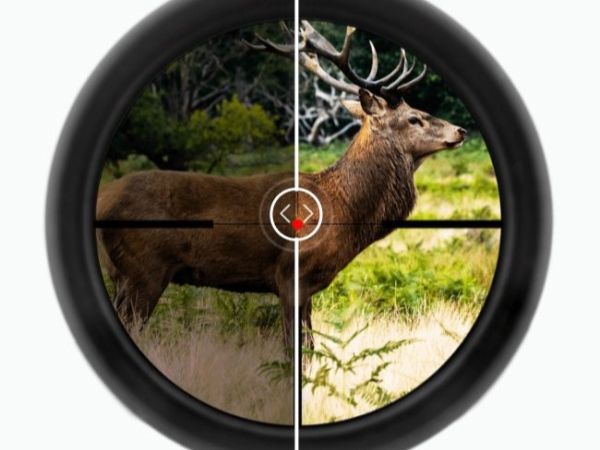
Selecting the right scope for deer hunting depends on the hunter’s personal preferences, environmental conditions, and the specific needs of the hunt. A trip to the shooting range to zero the scope or verify its accuracy is essential.
Clothing and Accessories
Clothing also varies depending on where you are hunting deer. In Scotland, the best footwear remains rubber boots, given the almost always wet and peat-rich terrain. For our local mountains and Eastern Europe, excellent lightweight boots are suitable, while for hunting Carpathian deer, good mountain boots are ideal.
Not only footwear but also clothing requires great attention, as deer have excellent vision, hearing, and a keen sense of smell. Green or camouflage clothing that is “silent,” meaning it doesn’t rustle like ski jackets (loden, velvet, and fleece are excellent), is recommended for stalking.
A backpack or bipod can be useful in the absence of natural supports. Always carry a change of socks, t-shirt, and shirt, and a waterproof poncho in the backpack, especially if hunting in Scotland.
If you are stalking, particularly in the mountains or woods, there is a good chance of getting winded. It is crucial to have a stick or alpenstock to find a stable support. The right support always makes the difference between a great hunt and a disappointing miss or, worse, a bad injury.
Additionally, it’s good to carry a sharp knife, a bone saw, and a good length of rope in the backpack; latex gloves for gutting are recommended. Fluorescent orange tape is an excellent position marker to mark the shooting point or the anschuss if the game is not found nearby.
When traveling with Montefeltro, all this equipment is the responsibility of our professional guide.
I would advise against using mouth calls unless you are an expert user; most of the time, they scare the animal away.
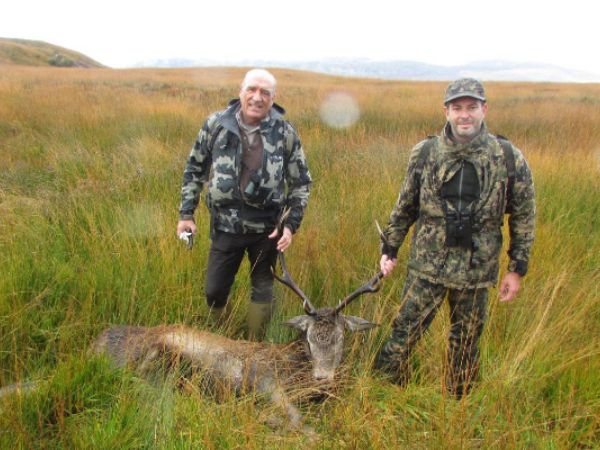
Approaching the Animal
It’s crucial to approach the herd with the wind in your favor, paying close attention to the females, as they are the first to signal any dangers. We should avoid shooting at animals that are lying down or crouching; it is best to wait until they stand up and are in a clear, broadside position.
Finally, it’s also helpful to have a companion or a guide with you: a deer is very heavy to drag alone.
Good luck!

- Discover our deer hunting destinations here, and if you don’t find what you’re looking for, contact us. Our specialty is creating “tailor-made” trips.- Scotland, Isle of Bute
– Scotland, Perthshire
– Bulgaria
– Slovenia
– Kazakhstan

